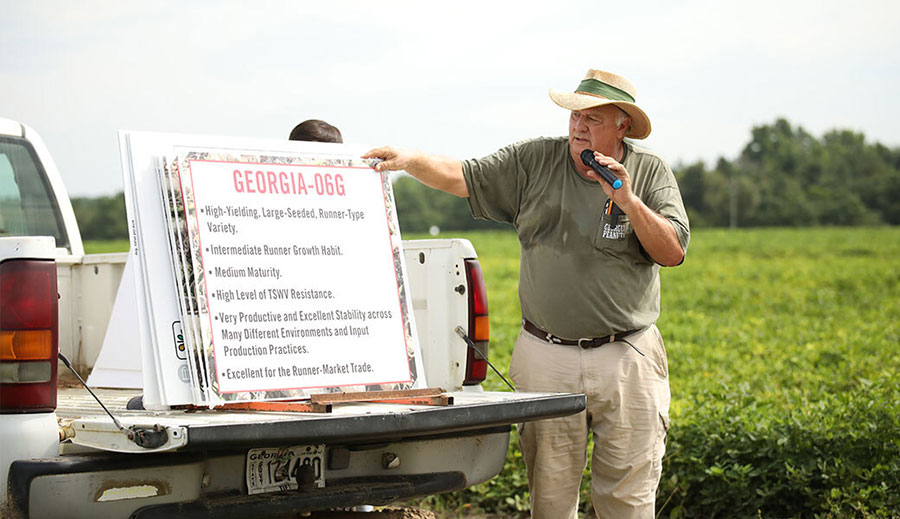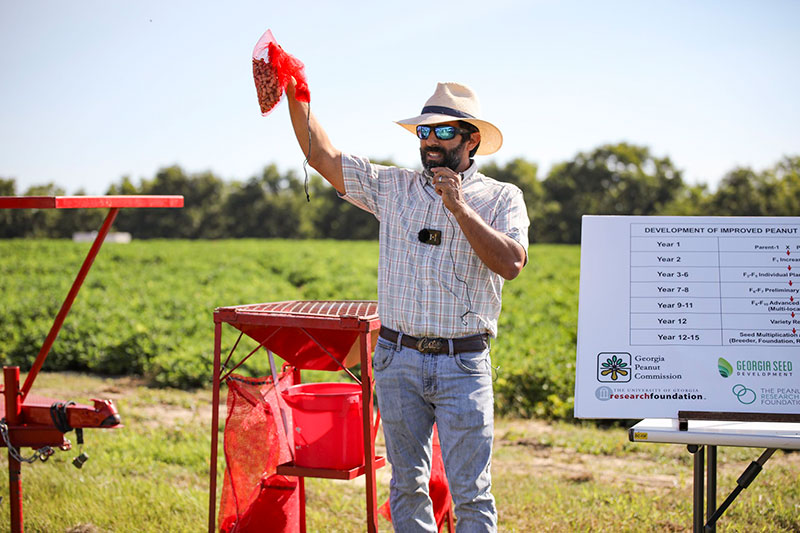September was hot and dry in Georgia, with many locations setting daytime temperature records. Several locations had the hottest April-through-September period on record.
Rainfall across the state was very spotty. Severe drought returned to southeast Georgia, which missed the rainfall.
Temperatures were warmer than normal everywhere in Georgia. In Atlanta, the monthly average temperature was 78 degrees F (4.7 degrees above normal), in Athens 75.8 degrees (3.2 degrees above normal), Columbus 80.7 degrees (4.5 degrees above normal), Macon 77.4 degrees (2.9 degrees above normal), Savannah 79.4 degrees (2.5 degree above normal), Brunswick 80.7 degrees (2.6 degrees above normal), Alma 78.9 degrees (1.6 degrees above normal), Valdosta 80 degrees (3.3 degrees above normal) and Augusta 76.7 degrees (2.9 degrees above normal). Sweltering conditions set many new daytime temperature records. Atlanta set new records Sept. 11 with 96 degrees, breaking the old record of 95 degrees set on that date in 2002, and again Sept. 25 with 93 degrees, breaking the old record of 92 degrees set on that date in 1993.
Columbus broke daily highs Sept. 11 (99 degrees), Sept. 12 (98 degrees), Sept. 18 (98 degrees), Sept. 19 (97 degrees), Sept. 20 (98 degrees) and Sept. 21 (98 degrees), breaking records from the 1990s and 2002 by 1 to 3 degrees.
Brunswick also set daytime high records Sept. 9 (98 degrees), Sept. 10 (97 degrees), Sept. 11 (98 degrees) and Sept. 20 (97 degrees). Daytime high temperature records were tied at many other locations across the state.
Several airport locations recorded their warmest April through September ever, including Savannah, Athens and Columbus. Columbus had its warmest and Atlanta had its second warmest September ever due to the very warm daytime temperatures. Atlanta reported the second highest number of days above 90 degrees after the notorious summer of 1980. (The old second-place record was 84 days above 90 degrees set in the summer of 1954.)
Many areas experienced extended dry spells punctuated by a few heavy rainfalls. Generally, the central part of the state was the wettest with above-average rainfall. Border regions were well below normal, particularly the southeastern coast.
The highest monthly total from National Weather Service reporting stations was 7.32 inches in Valdosta (3.52 inches above normal). The lowest was in Brunswick at 1.47 inches (4.77 inches below normal). Athens received 5.35 inches (1.82 inches above normal), Alma 3.31 inches (.03 inch below normal), Atlanta 1.60 inches (2.49 inches below normal), Columbus 3.17 inches (.10 inches above normal), Macon 5.45 inches (1.82 inches above normal), Savannah 3.01 inches (2.07 inches below normal) and Augusta 1.89 inches (1.70 inches below normal).
Columbus got 1.85 inches of rain Sept. 26, breaking the old record of 1.55 inches for that date in 1953.
The highest single-day rainfall from Community Collaborative Rain, Hail and Snow Network stations was 6.33 inches reported in Lexington, Oglethorpe County, Sept. 27. An observer in Taylor County received 6.07 inches on that date. The highest monthly rainfall total from the network was 9.57 inches at the Lexington site, followed by 9.06 inches in Oglethorpe County and 9.04 inches in Lowndes County.
Scattered wind damage hit somewhere in Georgia on three days during the month. Moderate-sized hail was reported at several locations in northern Georgia Sept. 27, including golf ball-sized hail in Fulton County. No tornadoes were reported.
The dry conditions affected the development of peanuts across Georgia in non-irrigated fields, leading producers to harvest early. Pastures were severely affected by the lack of rain.








